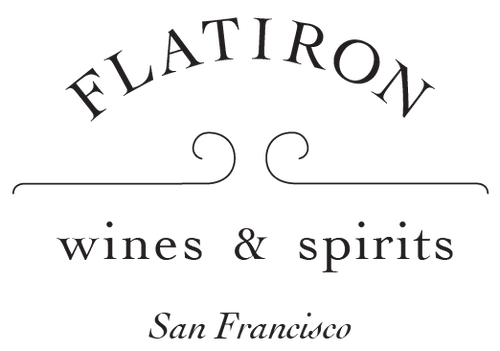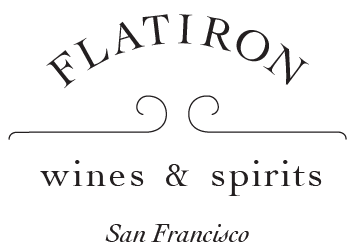Bollinger
Walking the storied caves of Champagne Bollinger in the renowned village of Aÿ, you can’t help but wonder if everyone who works here is a little crazy. This is the wine industry, and Champagne's maisons... Read More
Walking the storied caves of Champagne Bollinger in the renowned village of Aÿ, you can’t help but wonder if everyone who works here is a little crazy. This is the wine industry, and Champagne's maisons are famous for capitalistic pursuits. Yet at Bollinger, decisions seem to be focused between the bounds of science and artistic expression. Excellence is the priority, no matter the cost.
This pursuit of excellence began with Madame Bollinger. Of course, there were a slew of men who’d established and expanded the estate over the century before her, but it was this 42-year-old widow who changed its destiny.
Maybe being widowed at the height of WWII inspired her to take nothing for granted. Each step in the production was held up to rigorous examination. Pressing, fermentation and aging vessels, blending components, closures for secondary fermentation, time sur latte, riddling and of course dosage levels. If it touched the juice or the wine, it was scrutinized.
For instance, she discovered that when aged up to 5 years — as Bollinger's Special Cuvée is, much longer than any other Maison’s non-vintage wine — the wine was best kept under a crown cap (like a beer top) before disgorgement. Any longer than that, and a natural cork was optimal. While expensive and laborious, it better protects the wine from oxygen, allowing it to age more gracefully for longer. All of the vintage wines only use cork.
Famously, the house's reserve wine is aged in a collection of 800,000 magnums, each under cork with a touch of sugar and yeast for freshness. The expense of materials and labor for this step is mind boggling. But it's a major component in the Special Cuvée blend because it continuously presents the best results.
Finally, this one of two houses to ferment entirely in oak (the other is Krug). Bollinger recently hosted a blind tasting of special bottles of Champagnes fermented in either stainless steel, 5-, 25-, or 50-year-old barrels. The differences were stark — the older the barrel, the better, for unbeatable mouthfeel and structure. To maintain their enormous stock of barrels (some are up to 100 years old), they employ an in-house cooper, the last property in the region to do so. Special Cuvée, again, benefits from this devotion to quality.
Bollinger is one of three family-owned Champagne houses, and has been making consistent and exceptional wines for generations. We spend a lot of time extolling the virtues of Champagne’s fast-changing grower movement that we sometimes forget to appreciate what has been in front of us all along. Today, we celebrate Bollinger's commitment to their art form, no matter how crazy their methods may seem.















